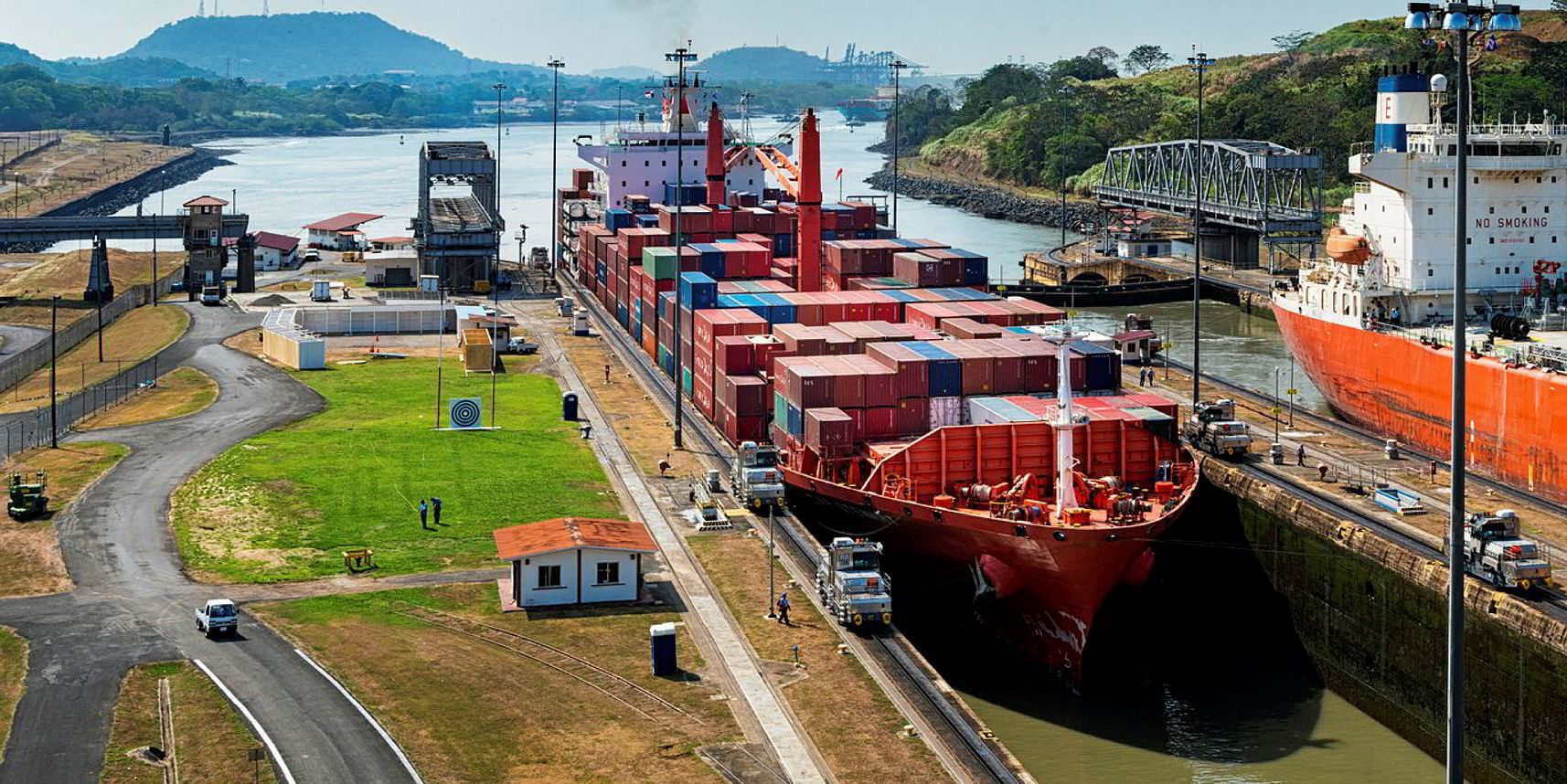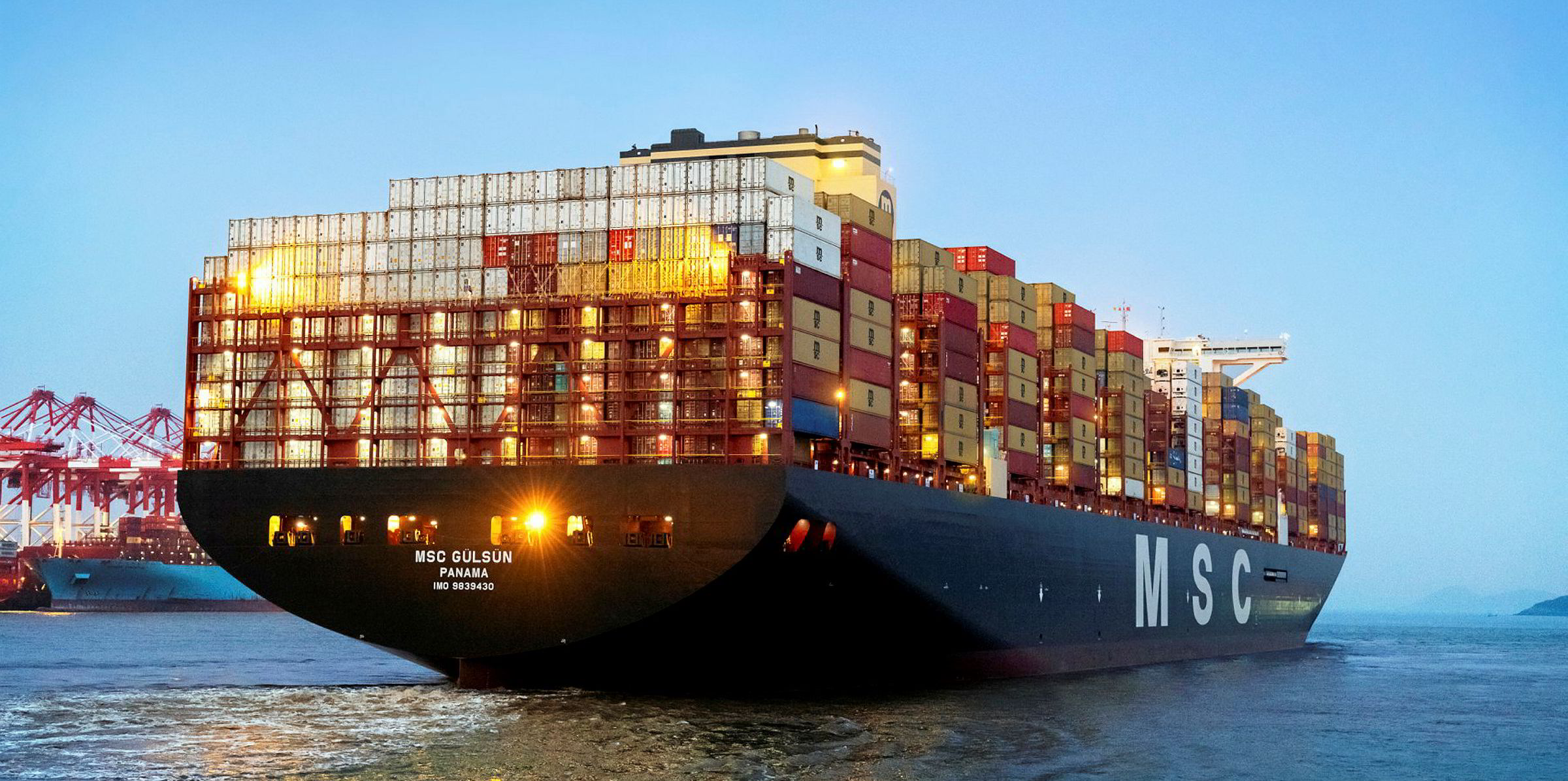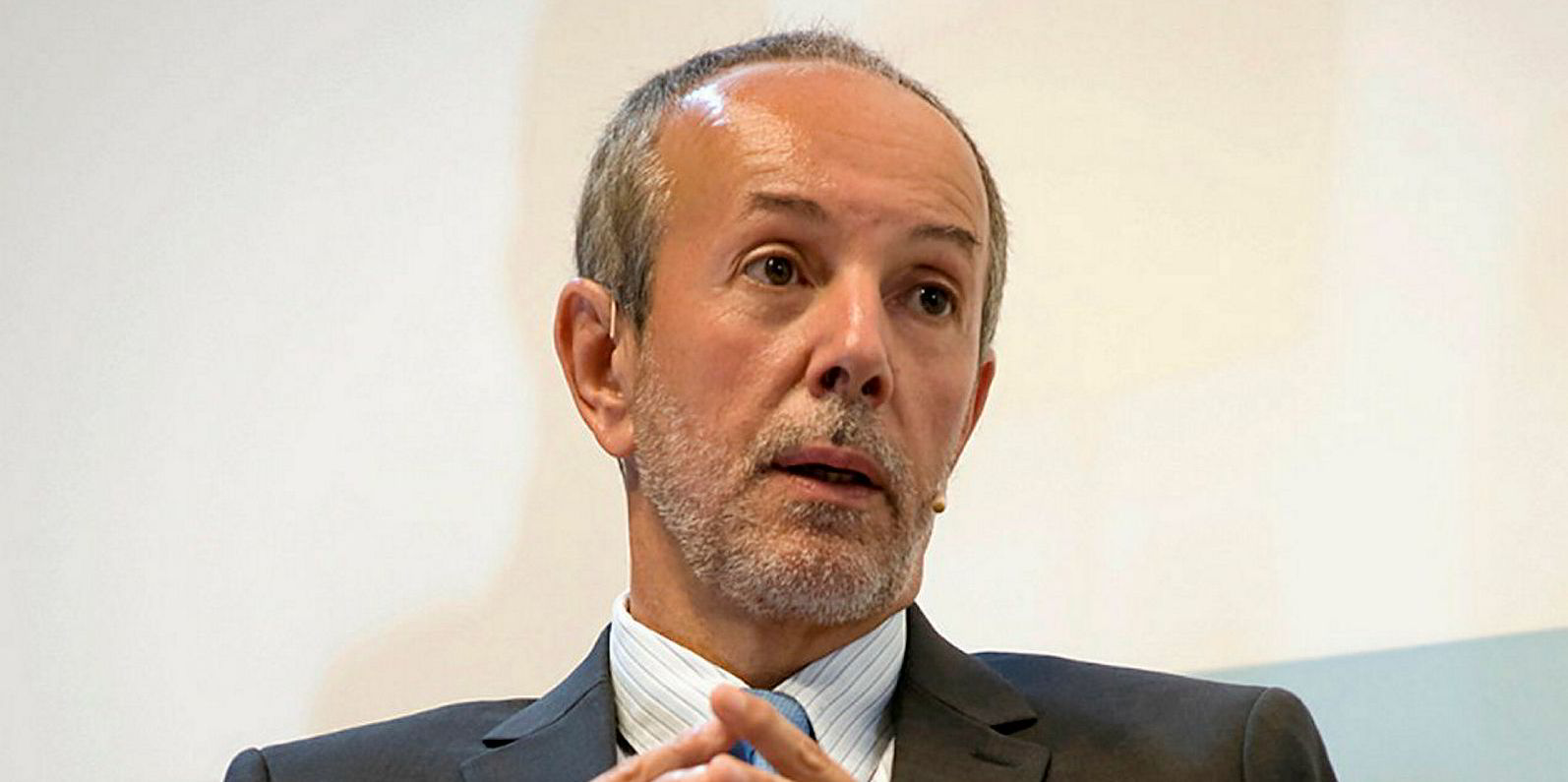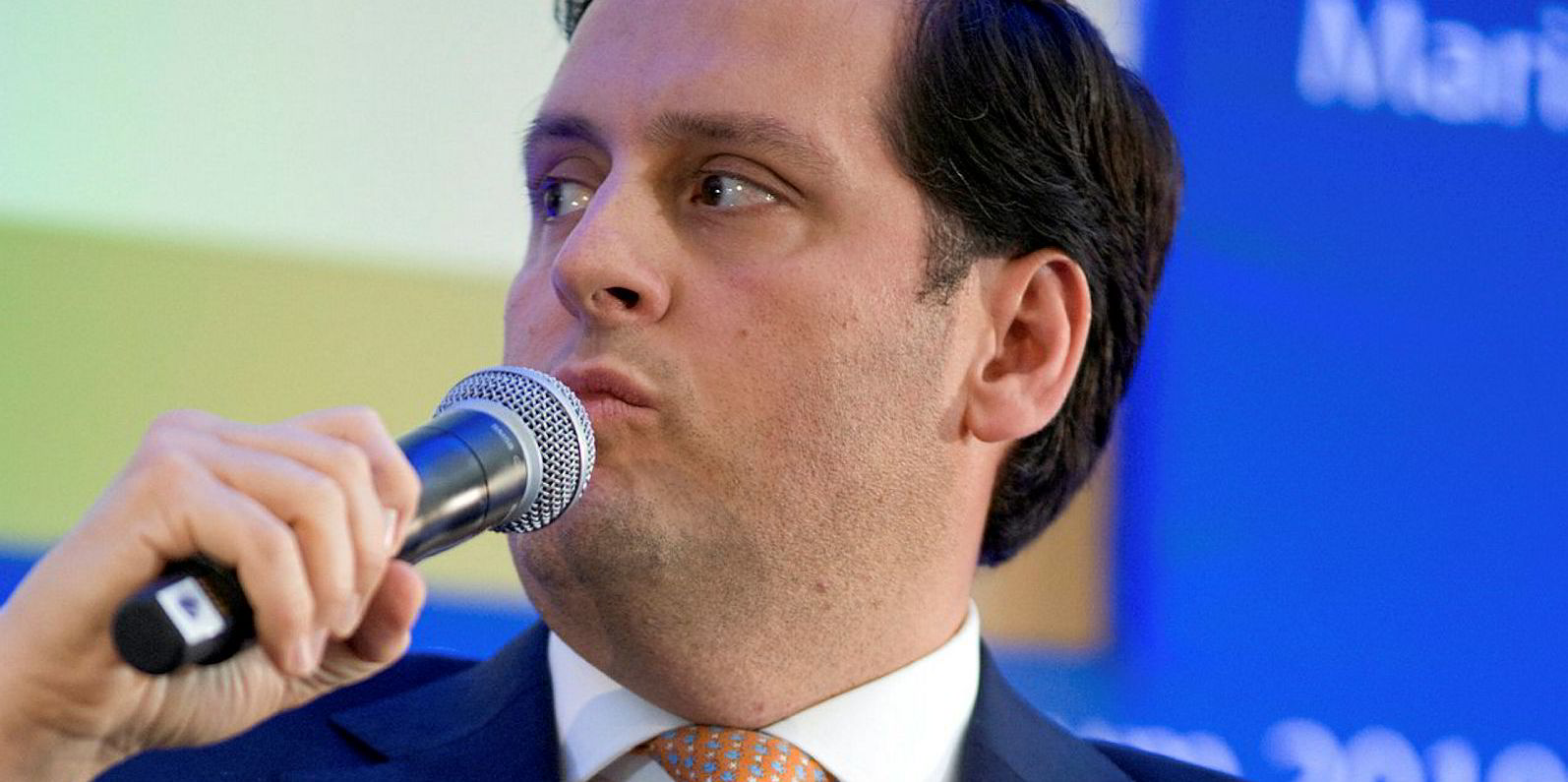Unfashionable classic panamax containerships could offer owners “distressed play” opportunities in the short term, taking advantage of low prices, according to VesselsValue.
It said that although the market is booming for bigger post-panamax vessels, including neo-panamaxes and above, their smaller sisters should not be discounted.
The analyst’s chief operating officer, Adrian Economakis, told TradeWinds: “Panamaxes are a declining sector, but they might have a few years left in them yet.”
The key to a rise in rates and secondhand values for the 3,000-teu to 5,000-teu class is, as ever, the balance between supply and demand, particularly if unwanted ships keep being scrapped.
“The best demand and supply fundamentals in the containership market are found at post-panamax and above sizes,” Economakis said.
“However, this has already been baked into the market for these vessels, with their values having risen significantly to near long-term median levels.”

The executive said forecasts for larger boxships are more conservative than those for smaller vessels.
“The panamax sector is somewhat of a mixed bag,” he added. “Historically, demand and supply fundamentals have been poor, with demand falling at faster rates than the shrinking supply of this vessel type.
“However, most recent data points to a reversal of this that, if sustained, could result in some significant gains in values and rates from the current distressed levels.
“Therefore, the question is: will supply shrink at a faster rate than demand, leading to opportunity for some short to medium-term gains?”
Charter rates for 8,500-teu post-panamaxes have risen from $12,000 per day at this time last year to $30,000 per day, with major lines preferring bigger ships.
VesselsValue launched its real-time boxship trade module this week, allowing clients to track tonne-mile demand and fleet use.
Its data shows demand in terms of total teu for large vessels has grown by 2.3% over the past three months, against a 1.7% rise in ship supply.
“This has certainly been one of the drivers for the significant rise in charter rates over that period,” Economakis noted.
Trade war fallout
“This is particularly interesting, as the... US-China trade war has had a negative effect on vessel demand.”
But VesselsValue pointed out that this drop has been more than compensated for by other routes.
For large vessels, data shows that South East Asia to north-west Europe demand has risen by 11% over the past three months. Demand for classic panamaxes has grown at a healthy 2.1%, while supply shrank by 0.1%. Inter-Asian demand increased by 4%.
However, VesselsValue figures show these ships changing hands at nearly 40% below the median historical level.
Post-panamax values have increased by 27% year on year, with panamaxes up by 17%.
“This data clearly shows that there is still significant upside potential towards long-term median values, particularly in the panamax sector,” Economakis said.
Drewry said evidence of rate-cutting means carriers missed out on the benefits of stronger-than-expected demand growth.
“It has been a strange year in the Asia-North Europe container trade,” the consultancy said.
“Westbound demand has far exceeded expectations, which has helped to counteract the influx of big new ships and maintained load factors at roughly the same levels as last year, in the mid-80% range. Yet spot market freight rates have not recovered from a first-quarter slump and are currently tracking at their lowest point of the year.”








